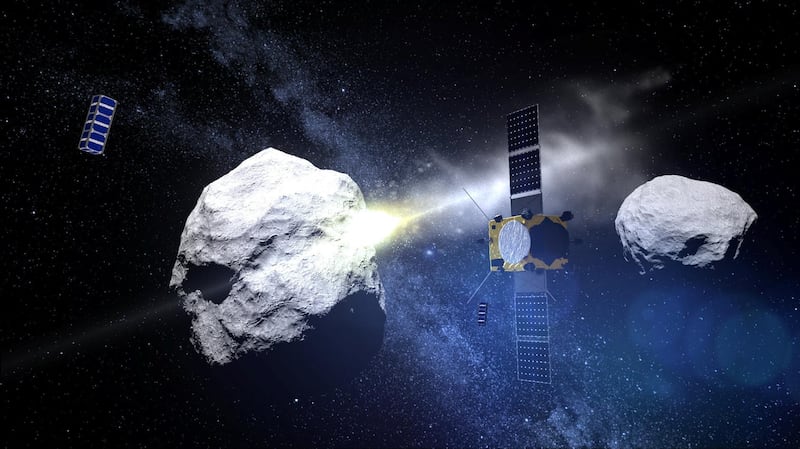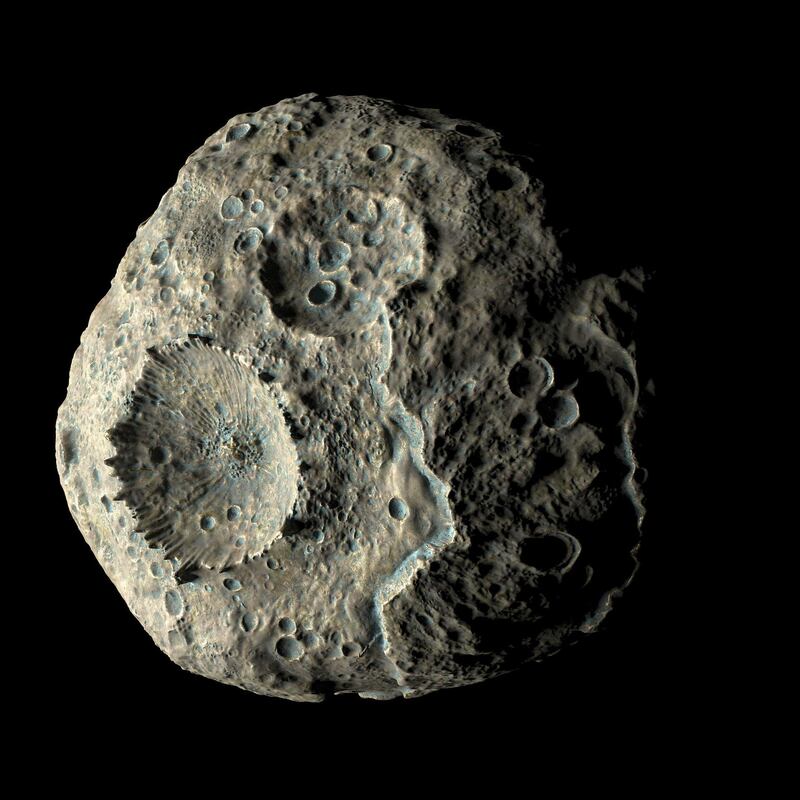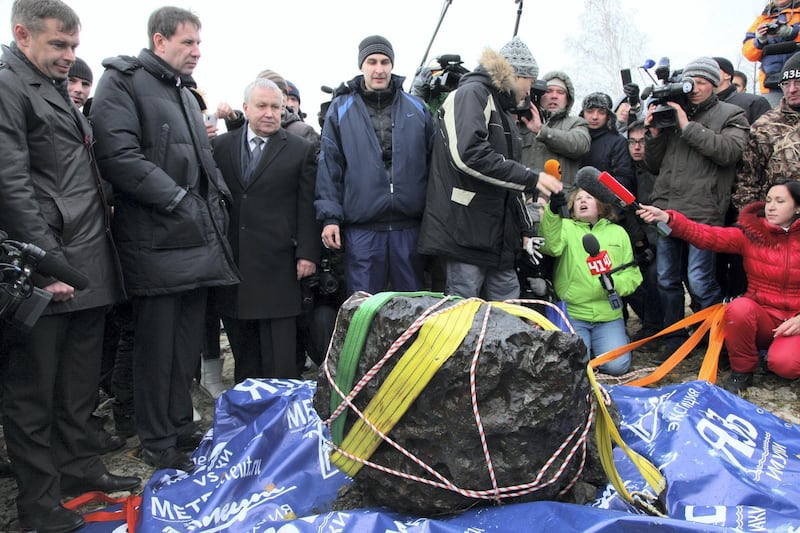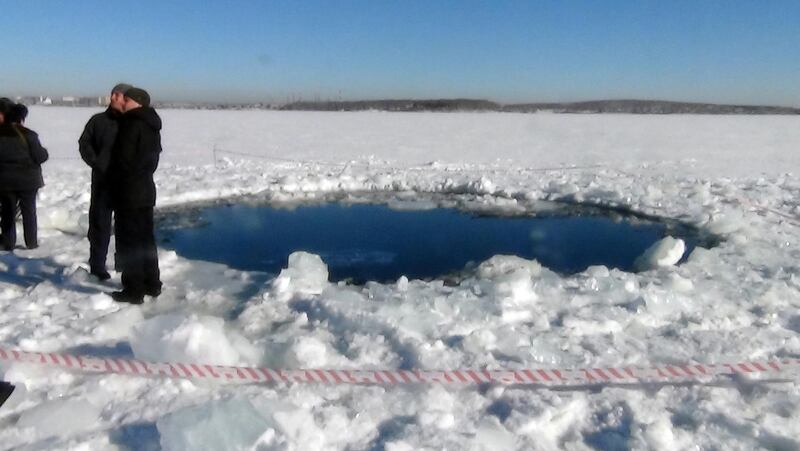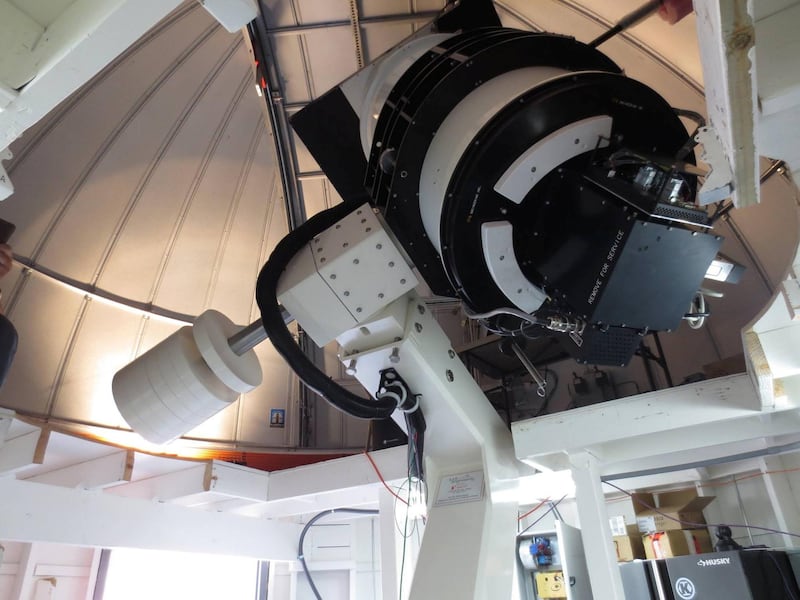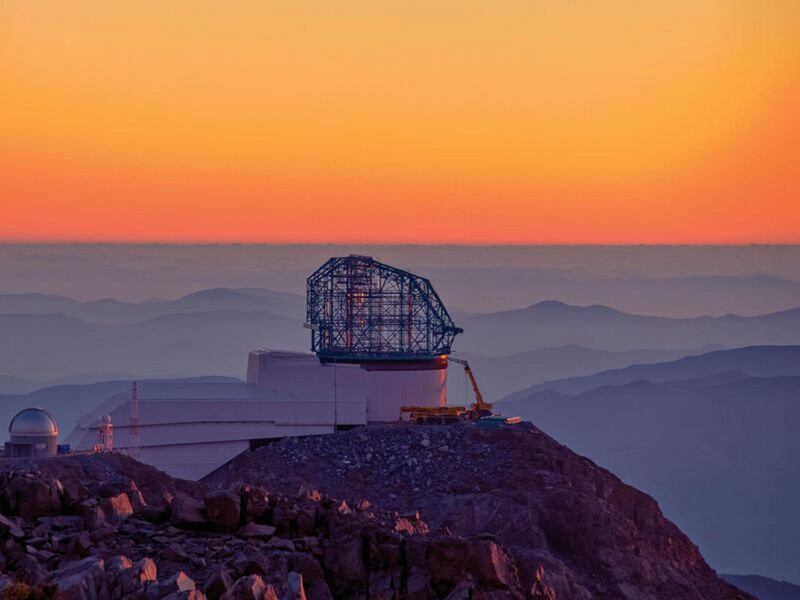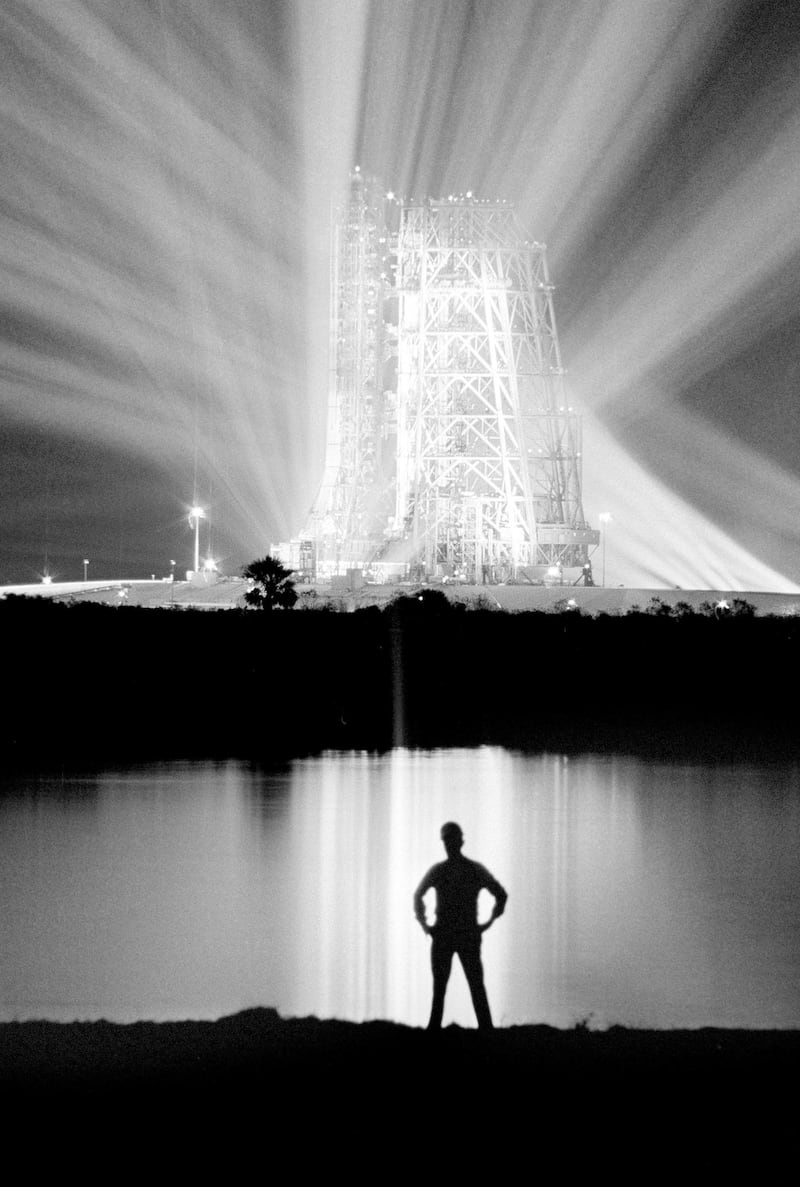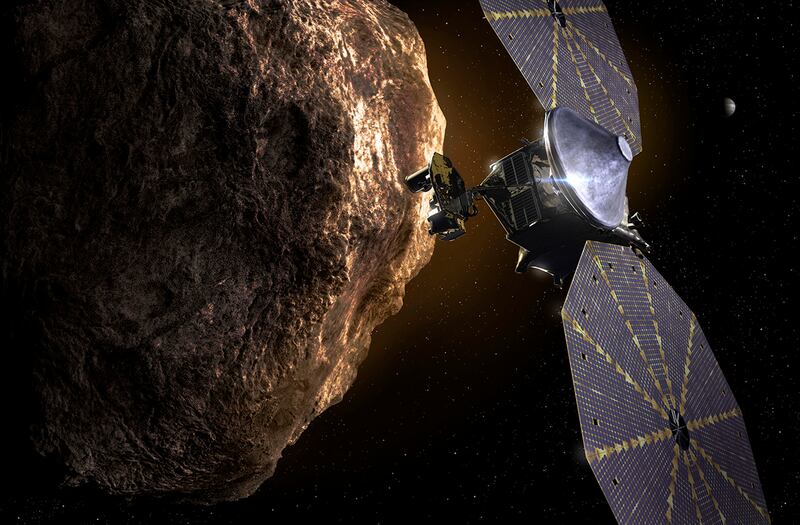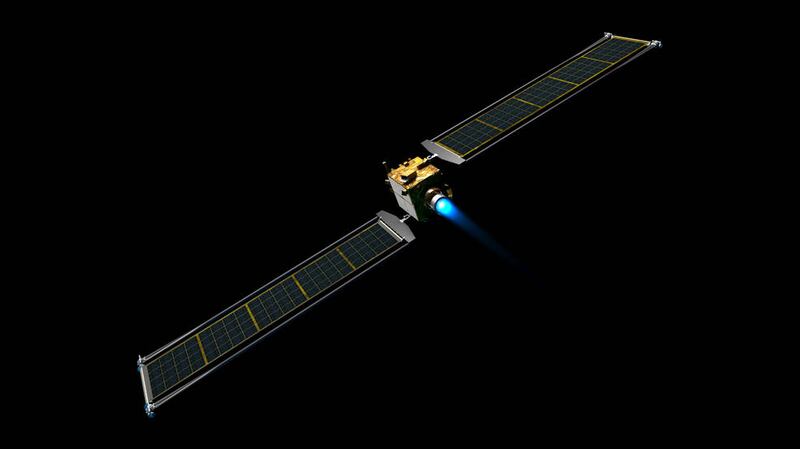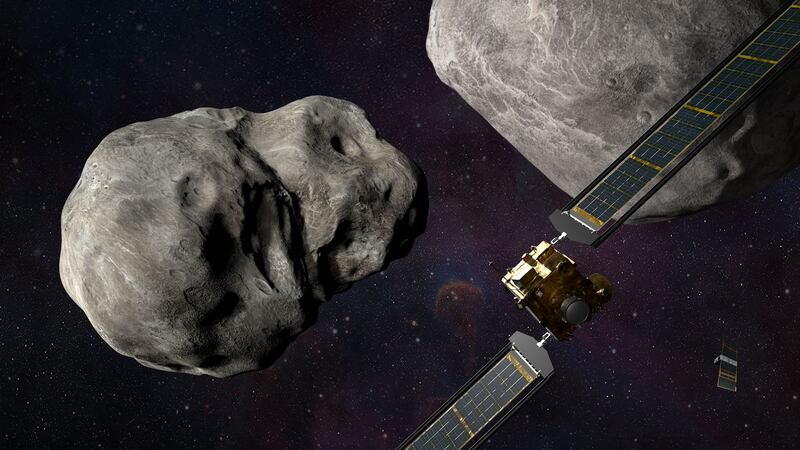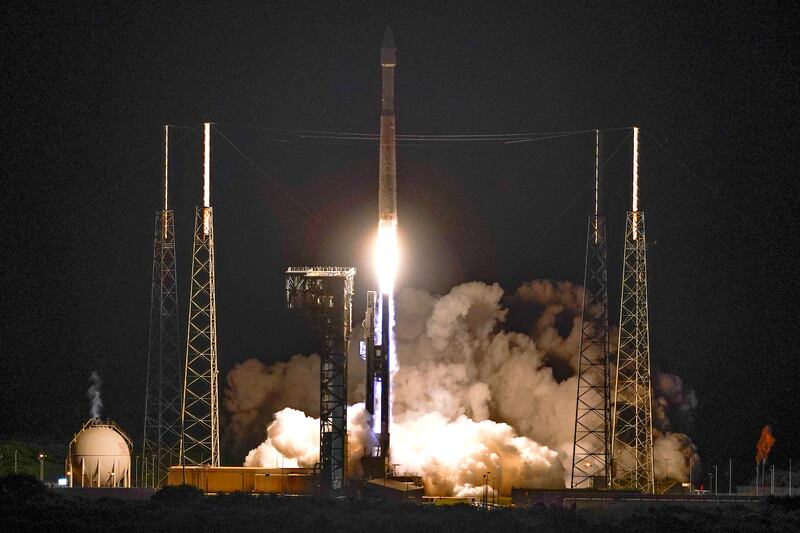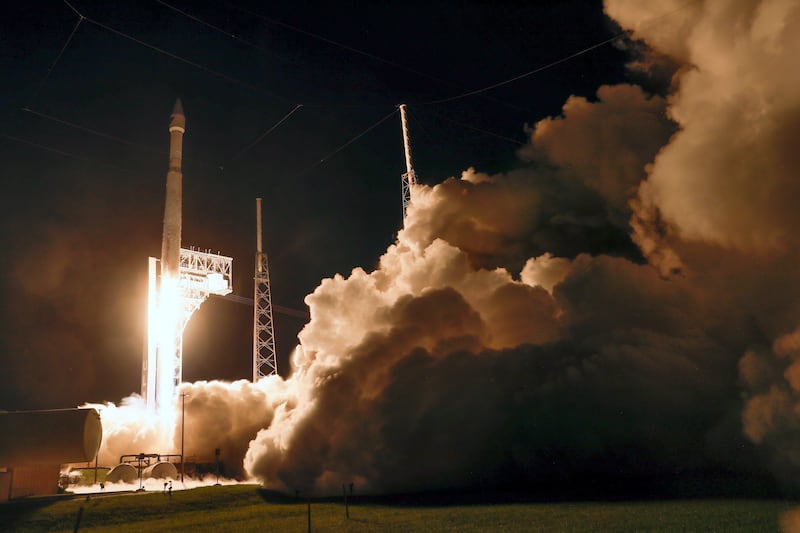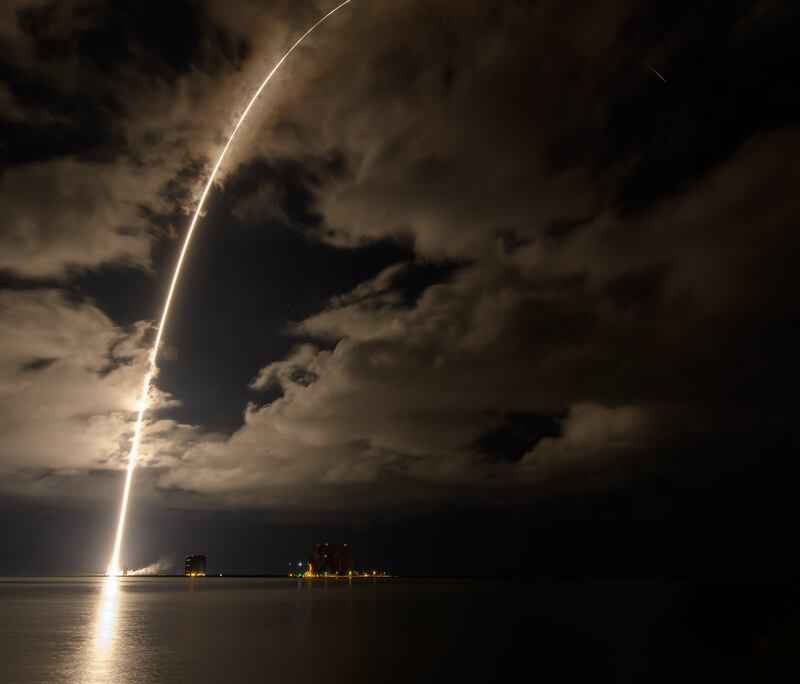An asteroid with a diameter longer than the Burj Khalifa will make its closest approach towards Earth next week.
Known as asteroid (7482) 1994 PC1, the space rock measures 1.05 kilometres across, while the world’s tallest building in Dubai stands at 0.83km.
It will safely pass by the planet from a distance of 1.9 million km, at a speed of approximately 76,192kph, in the late hours of January 18.
Nasa has been tracking the space rock since it was discovered by Scottish-Australian astronomer Robert McNaught in 1994.
According to a report by the European Space Agency, the asteroid is expected to fly over the UAE from a safe distance, and would be visible using a telescope.
Its closest approach towards Earth would be on January 19, at 1.49am, local time.
Asteroids are rocky leftovers from the formation of the early system. More than 1.1 million have been found but many remain undiscovered.
While an asteroid crashing into Earth any time soon is unlikely, it is not impossible.
In 2013, an asteroid crashed into the Russian city of Chelyabinsk. It exploded after entering Earth’s atmosphere and released energy equivalent to 500 kilotonnes of TNT.
The incident caused more than 3,600 apartment windows to shatter, injuring about 1,000 people.
To test Earth’s defences against any future threats from these space rocks, Nasa launched a spacecraft last year that would intentionally crash into an asteroid to see if it could be deflected off course.
The Double Asteroid Redirection Test (Dart) mission will involve Didymos and Dimorphos, a binary asteroid system about 11 million km from Earth.
Dimorphos will be struck by the spacecraft between September and October with the aim of changing its path.
If successful, the mission could help the agency secure technology to be used against asteroids that pose a danger to the planet.
